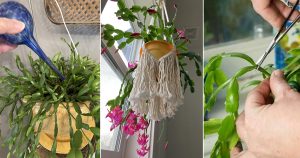Is overwatering killing your snake plant? Learn 8 proven fixes to give it a new life and make sure it stays healthy and strong.

The snake plant is one of the most resilient houseplants. But the only thing that can weaken it is overwatering. Many of us assume that all indoor plants need frequent watering, but snake plants come from arid, rocky regions of Africa, so too much water can suffocate the roots. Learn some tips on how to prevent and revive them below.
8 Fixes for Overwatered Snake Plants
Overwatering can lead to yellow leaves, mushy stems, and root rot. But if you’ve caught the problem early, your plant can still bounce back.
1. Stop Watering Immediately
Step away from the watering can! Move your plant to a bright, airy spot and let the soil dry completely. This helps stop more root damage and slows fungal growth.
If it’s in a humid place like the bathroom or kitchen, move it somewhere drier. You can even keep a gentle fan nearby to improve airflow — just don’t blast it right on the leaves.
2. Check the Roots

Remove the plant from its pot and carefully check the roots. Healthy ones should be white or cream in color, while rotted ones appear brown or mushy. Trim all decayed roots using sterilized scissors to stop the rot from spreading.
After trimming, sprinkle some cinnamon powder on the cut areas — it acts as a natural antifungal and helps wounds heal faster.
3. Repot in a Better Draining Mix

Use a well-draining succulent or cactus mix when you repot. You can also make your own recipe using equal parts potting soil, perlite, and coarse sand. This allows air circulation and prevents waterlogging, which is important for them to recover.
Avoid using garden soil alone — it tends to compact and hold too much moisture. Mixing in pumice or crushed gravel can further improve drainage and mimic their natural habitat.
4. Choose the Right Pot
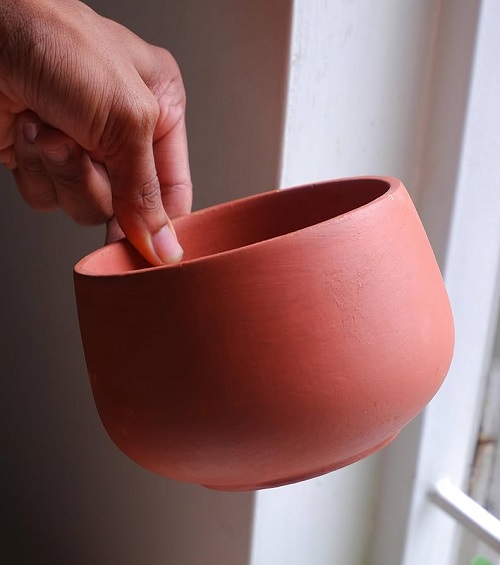
Pick a terracotta pot with drainage holes. It lets excess water escape and dries faster than plastic. And remember—never let your snake plant sit in standing water.
If there’s a saucer below, empty it regularly. You can also raise the pot slightly using pebbles to improve airflow.
5. Disinfect the Roots
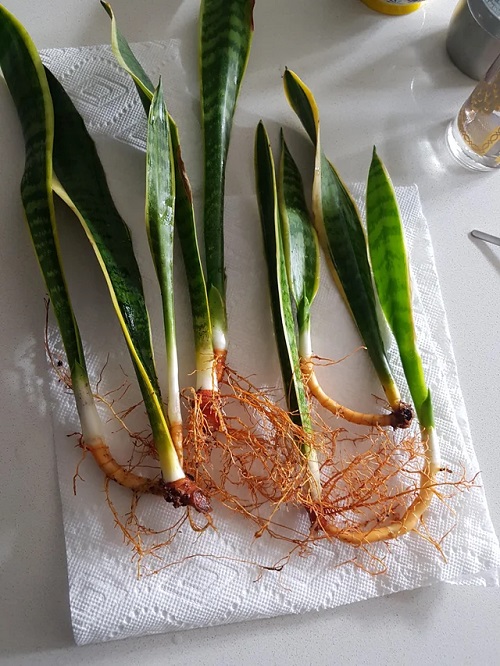
If rot has grown, consider rinsing the roots in a diluted hydrogen peroxide solution (3%). Studies show hydrogen peroxide can help suppress root pathogens like Phytophthora. But use this cautiously and let the roots dry before repotting.
You can also mist the soil lightly with the same diluted solution once repotted to keep fungal infections at bay — just don’t overdo it.
6. Allow the Plant to Rest
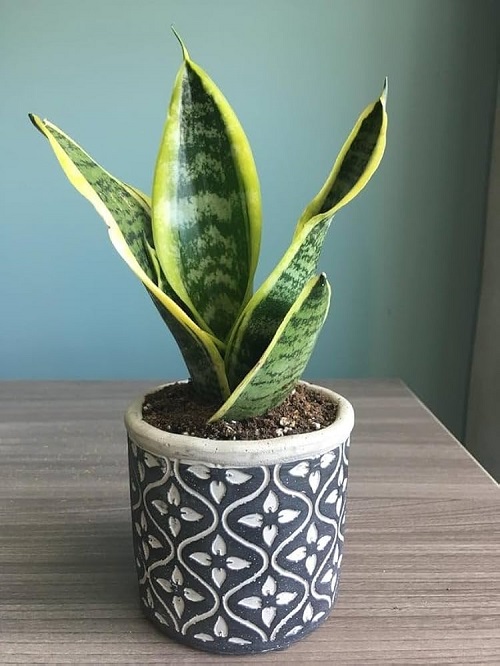
After repotting, don’t water your snake plants for at least 1–2 weeks. Give the roots time to heal and adapt to their new soil or pot. Resume watering only once the soil is completely dry, following the ‘soak and dry’ rule, which says water thoroughly and then leave it to dry fully.
During this recovery phase, avoid fertilizing too — weak roots can get “burned” by nutrients. Wait at least 4–6 weeks before feeding your plant again.
7. Propagate Healthy Sections
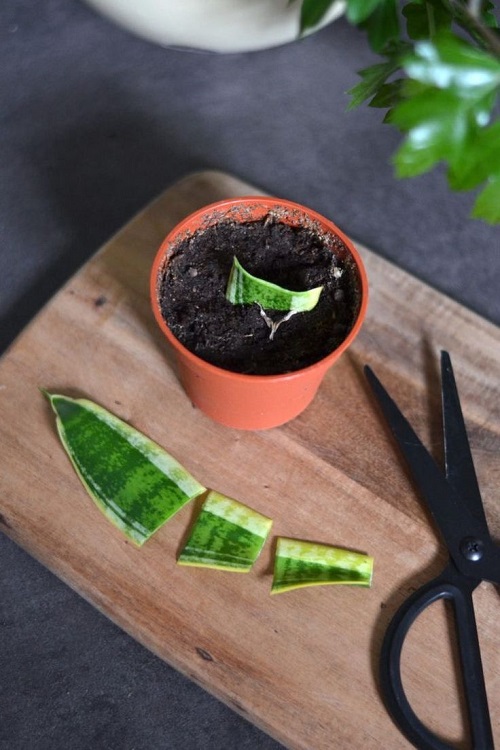
If some leaves or rhizomes are healthy, propagate them through leaf cuttings or division. This can help you heal and grow your plants if the main roots, leaves, or sections have been caught by rot. Use potato water to give them a subtle nutrient boost.
Another great option is to propagate in water — just make sure to change the water every few days. Once you see new roots forming, shift the cutting to a pot with fresh, dry soil.
8. Prevent Future Overwatering

When it comes to snake plants, less is more. Water only when the top 2–3 inches of soil are dry, and keep them in bright, indirect light. It’s better to underwater than to drown them — a thirsty plant can bounce back, but a rotten one rarely does.
During winter, cut back watering since growth slows down. A simple trick: lift the pot. If it feels heavy, skip watering — it’s still holding moisture.
Overwatering is the most common reason snake plants struggle, but it’s also one of the easiest to correct once you understand the signs and solutions. Even if snake plants tolerate your neglect, don’t let overwatering get to them! Let us know if these hacks helped you in any way in the comments below.



